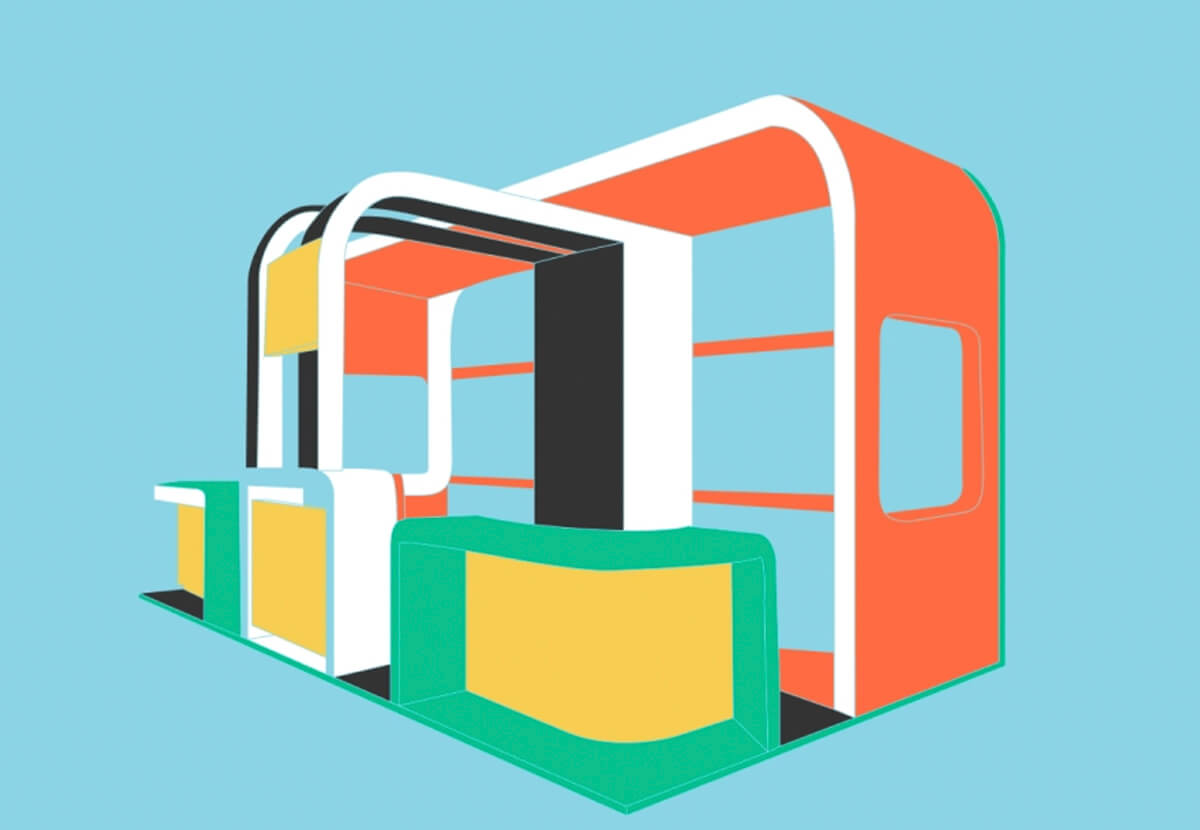
Are you an Irish business looking to make a splash at your next trade show? Do you want to stand out from the competition and attract potential customers with ease? If so, it’s time to step up your game when it comes to designing your trade show booth.
A well-designed booth can make all the difference in catching the eye of attendees and turning them into paying customers. So let Print Ready show you how to create a trade show booth that not only stands out but also captures the attention of your target audience.
The importance of a well-designed trade show booth cannot be overstated. Your booth is your company’s first impression on potential customers and can make or break your success at the event. A poorly designed booth can lead to low attendance, lacklustre engagement, and missed sales opportunities.
Standing out at trade shows provides numerous benefits for Irish exhibitors. A well-designed booth creates a memorable experience for visitors and helps establish your brand as one worth remembering. It also increases the likelihood of capturing leads and generating new business relationships.
Moreover, standing out allows you to make connections with people who may not have otherwise discovered your products or services. This exposure can lead to future opportunities such as partnerships, collaborations or even press coverage.
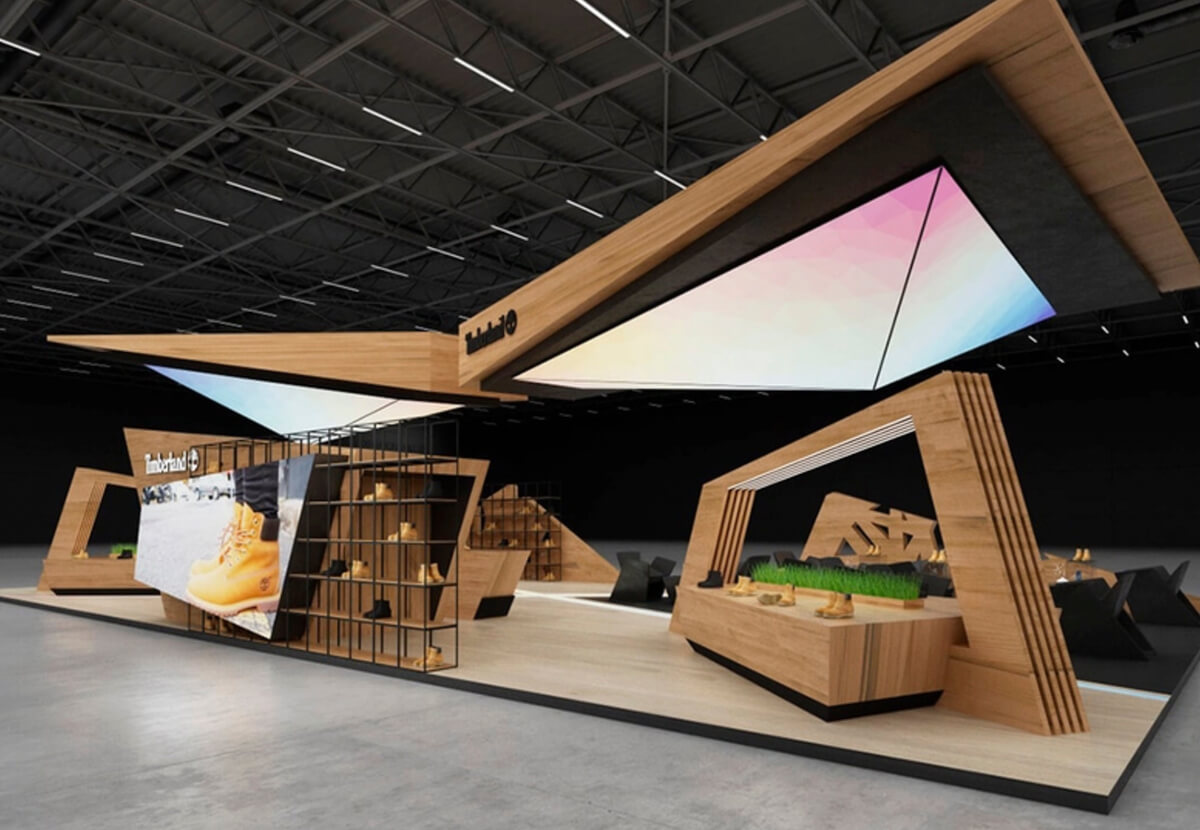
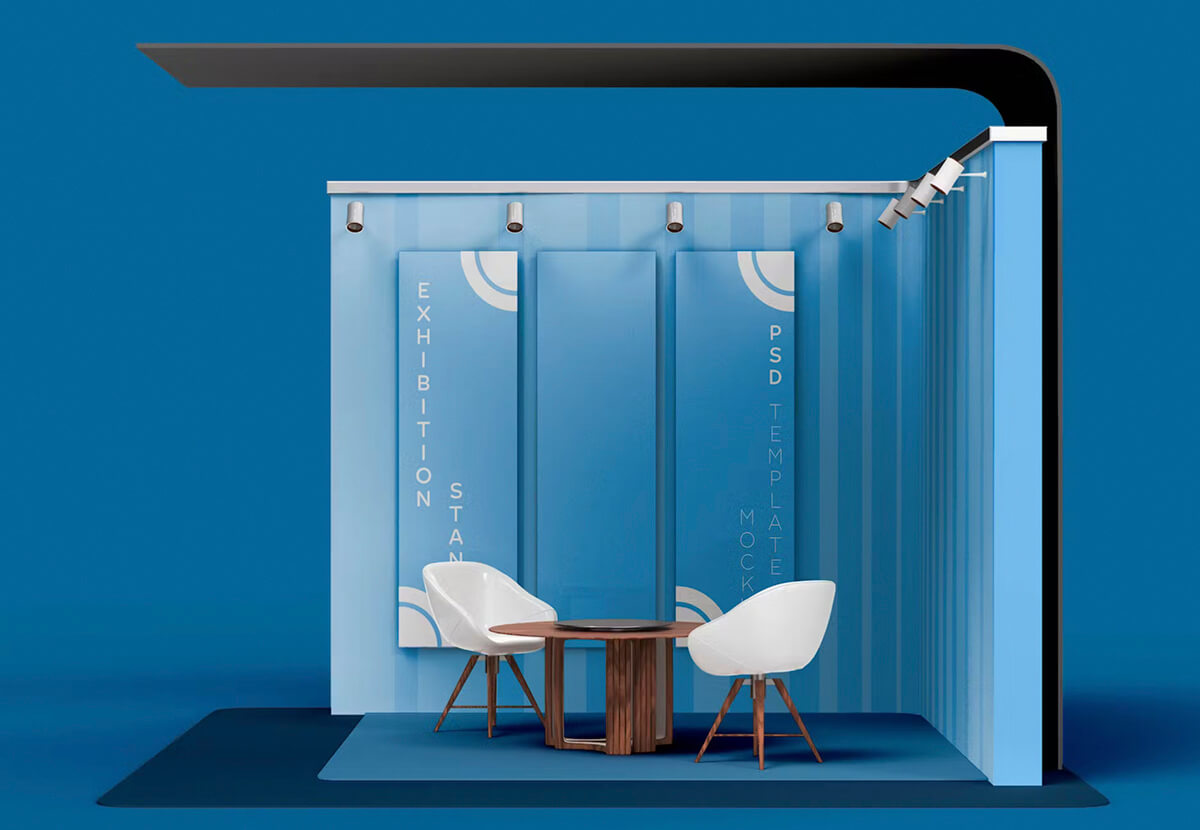
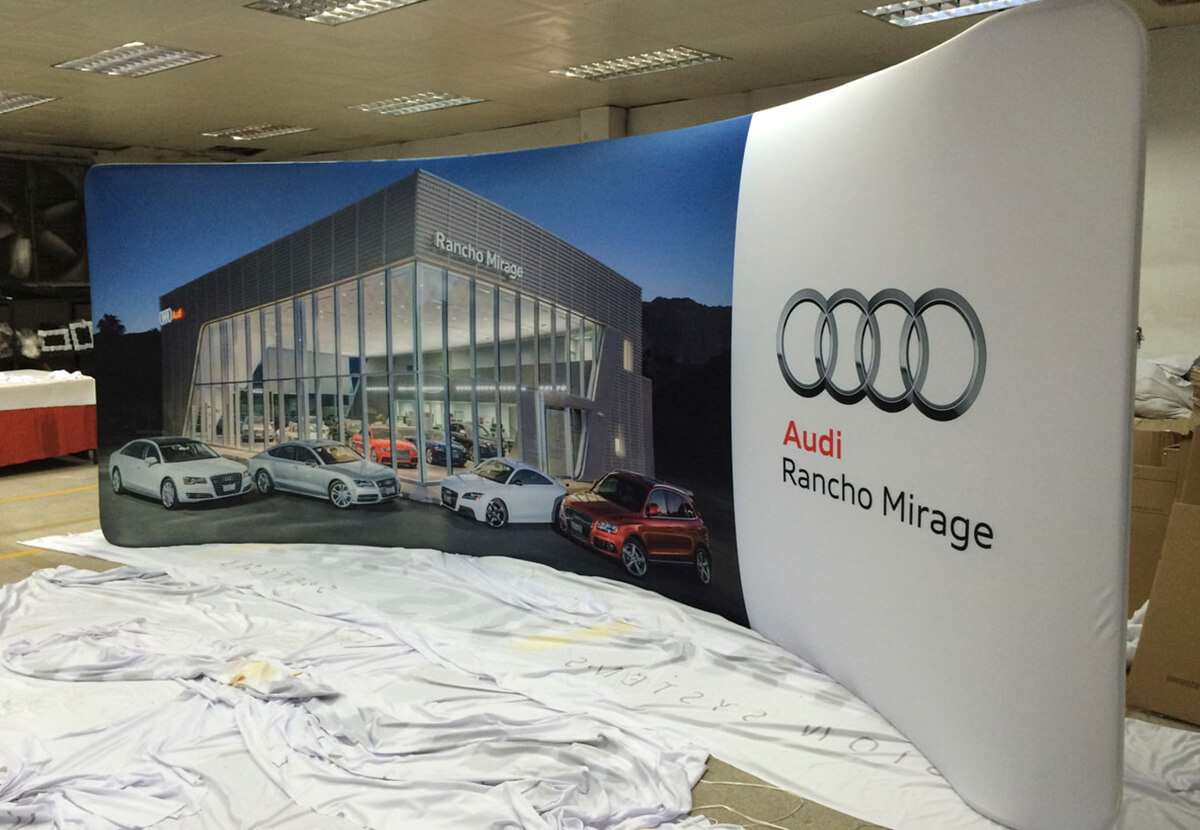
Participating in trade shows and identifying you target audience
Participating in Irish trade shows can be an effective way to increase brand awareness, generate leads and drive sales. However, it’s important to define specific goals for your participation at a trade show in order to maximise its potential benefits.
One of the key components of setting trade show goals is identifying your target audience. Understanding who your ideal customer is will help you tailor your booth design and messaging accordingly. Consider factors such as age, gender, occupation, industry and geographic location when defining your target audience.
Once you’ve identified your target audience, it’s important to determine what outcomes you want from participating in the trade show. Are you looking to increase product sales? Generate more leads? Build brand loyalty? Defining these desired outcomes will help guide all aspects of planning for the event.
Another crucial step in goal-setting for trade shows is determining how you’ll measure success. This could include metrics like lead conversions or social media engagement during and after the event. Having clear benchmarks for measuring success will ensure that you can evaluate whether or not the investment was worthwhile.
Researching the target trade show and its attendees
Before designing your trade show booth, it’s important to do some preplanning. This includes researching the specific trade show and its attendees. You want to make sure that you understand who will be attending the event so you can tailor your booth design and messaging accordingly.
One way to get a better understanding of the attendees is by analysing previous events or gathering information from organisers. Find out what types of businesses or industries are represented, as well as any common interests or needs shared by attendees.
It’s also essential to analyse competitor booths to identify opportunities for differentiation. Take note of their branding elements, messaging, and layout. Determine what they’re doing well and where there may be gaps in their strategy that you can capitalise on.
By conducting thorough research before designing your trade show booth, you’ll have a better understanding of how to stand out from competitors and attract potential customers. Remember: preparation is key when it comes to creating an effective trade show presence!

Implementing lead capture mechanisms
One of the main goals for participating in a trade show is to generate leads and contacts. However, it’s not enough to simply attract visitors to your trade booth; you also need to capture their information so that you can follow up with them after the event.
Implementing lead capture mechanisms such as QR codes or contact forms can make this process much easier. QR codes are an efficient way to direct attendees to your website or social media pages, where they can learn more about your products or services and leave their contact information.
Another effective method is offering incentives or giveaways in exchange for visitor information. This could be anything from free samples or promotional items like pens, keychains, notepads, etc., which will encourage visitors to provide their email addresses or phone numbers.
By gathering these valuable data points on potential customers, businesses can tailor their follow-up communications based on specific interests and needs expressed during the conversation at the trade booth.
Post-tradeshow follow-up
After the hustle and bustle of a trade show, it can be tempting to sit back and relax. However, following up with leads and contacts after the event is crucial for turning those connections into meaningful business relationships.
One effective way to follow up is by sending personalised emails within 24-48 hours of the trade show. Thank attendees for stopping by your booth and offer additional information about your products or services that may interest them.
In addition, it’s important to analyse your booth’s performance at the trade show. Did you meet your goals? Did visitors engage with your displays? Were there any areas for improvement?
Budgeting and resource management
Budgeting and resource management are vital aspects of designing a trade show booth that stands out. The first step in this process is to establish a realistic budget for booth design and implementation. This will help you understand how much you can afford to spend on various elements, including signage, banners, lighting, furniture, technology equipment and staff training.
To maximise resources while designing your trade show booth, consider exploring cost-effective options such as using reusable materials or renting furniture instead of buying it outright. You may also want to look into sponsorship opportunities or partnering with other exhibitors to share the costs of certain elements like interactive technology.
Another way to save money is by using business stationery effectively during the event. Business cards serve as an excellent tool for lead capture mechanisms since they make it easy for attendees to contact you after the trade show ends. Additionally, brochures and flyers can showcase products or services without having expensive multimedia devices at the booth.
When managing resources on a tight budget, prioritise what’s necessary for creating an inviting atmosphere where visitors feel welcomed and comfortable interacting with your team members. Consider investing in quality graphics design work so that your brand messaging looks professional across all digital assets used at the event.
Sustainability and eco-friendly practices
In today’s world, sustainability and eco-friendliness have become a vital consideration for businesses looking to create an impact. This includes trade show booths as well. One way of doing this is by opting for reusable elements such as banners made from recycled polyester or bamboo-based displays, which can be used multiple times instead of being discarded after each exhibition. Furthermore, the use of LED lighting in your booth could also reduce energy consumption significantly.
Additionally, you might want to explore sourcing sustainable materials like FSC Certified wood or biodegradable plastics when designing your exhibit stand. These small steps can go a long way towards promoting environmental responsibility while still making an impact at trade shows. By incorporating these practices into your design strategy, you not only reduce waste but also showcase how environmentally conscious your brand is – something that resonates with modern consumers concerned about climate change and responsible consumption habits.
If you want to elevate your trade show presence with a standout booth design, simply email design@printready.ie or call us on (01) 858 1000 to discuss your ideas.
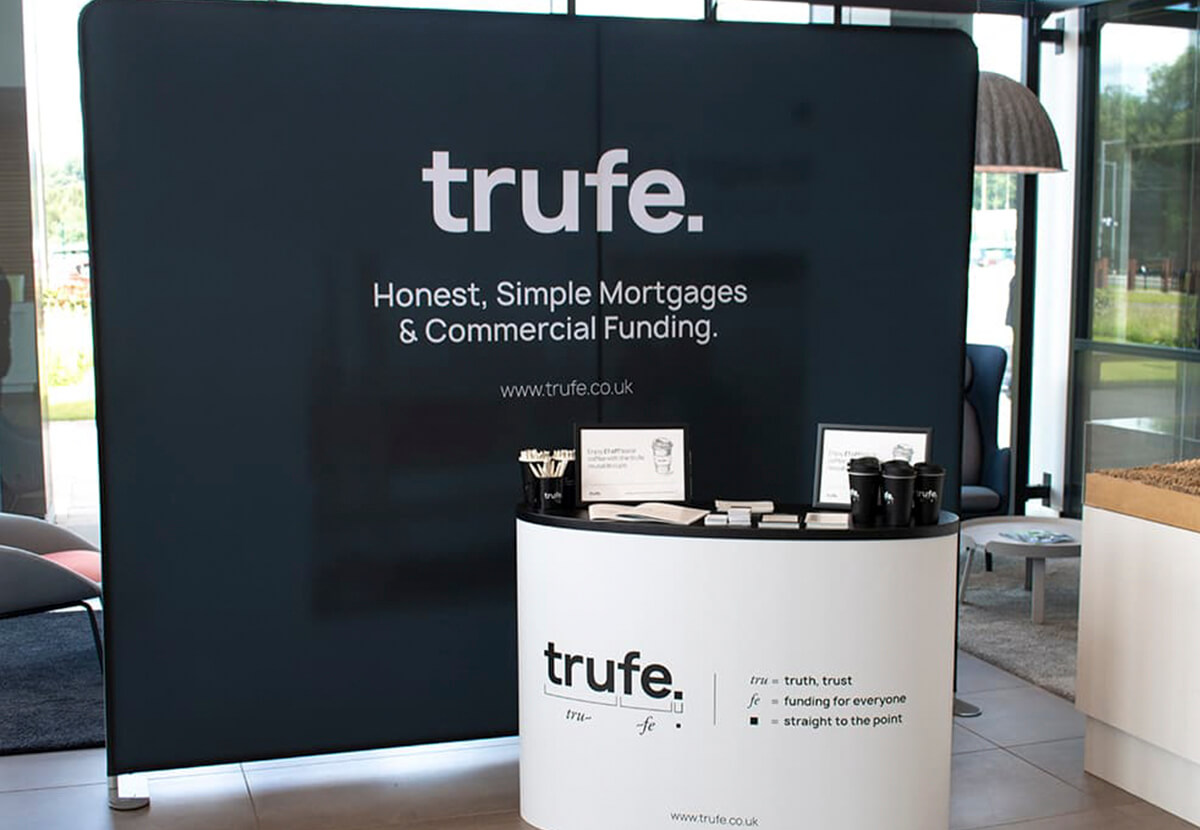
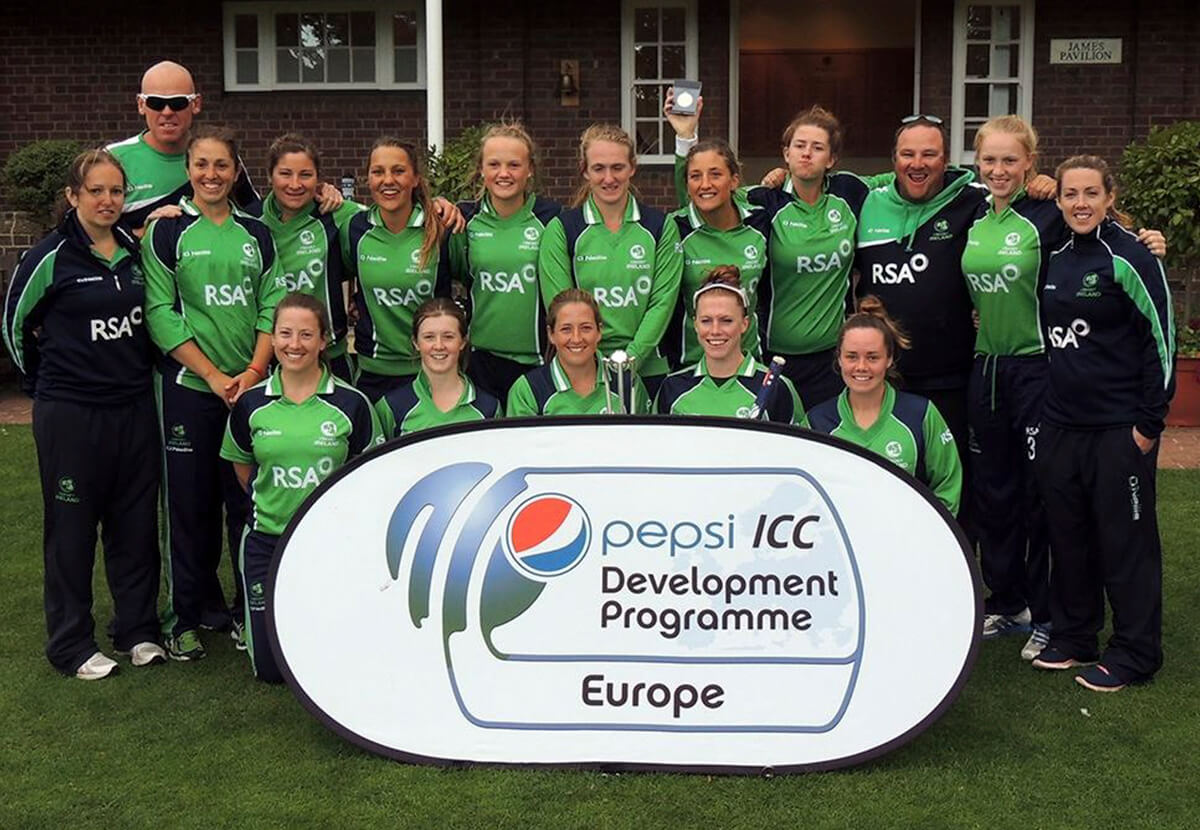
Creating an engaging and inviting booth layout
When it comes to designing a trade show booth, one of the key elements to consider is its size and location. The size of your booth should be determined based on the amount of space allotted by the trade show organiser and your budget. It’s important to strike a balance between having enough space for visitors to comfortably interact with your products or services without feeling cramped.
Once you have determined the optimal size for your booth, it’s time to create an engaging and inviting layout that will draw attendees in. A well-designed booth should flow naturally, guiding visitors through different areas while keeping their attention focused on key features or products.
Incorporating branding elements such as logos, slogans, and colour schemes can help make your booth more memorable and reinforce brand recognition among attendees. Messaging should also be clear and concise so that potential customers can quickly understand what sets your company apart from competitors.
Location is another crucial factor when it comes to designing a successful trade show exhibit. High-traffic areas near entrances or main stages are often ideal spots because they offer maximum visibility for exhibitors.
Designing eye-catching signage and banners for your trade show
Signage and banners are crucial elements of your trade show booth design. They serve as attention-grabbing tools that can draw visitors to your display area, convey important information about your brand and products, and leave a lasting impression on attendees. To create eye-catching signage and banners, start by incorporating bold colours, large fonts, and high-quality images that align with your branding. Make sure the messaging is concise yet compelling so that it captures the essence of your offerings in just a few words.
Effective lighting techniques are also essential for showcasing your products or services prominently. Consider using LED lights or spotlights strategically placed to illuminate key areas of interest within your booth such as product displays or interactive sections. Lighting can set the mood for visitors’ experience while enhancing visibility for better engagement.
When designing signage and banners at trade shows make sure they’re visible from afar so visitors can easily identify what’s being displayed even if they’re walking down an aisle rather than right next to you! Remember less is more when it comes to text – keep messages simple but powerful.
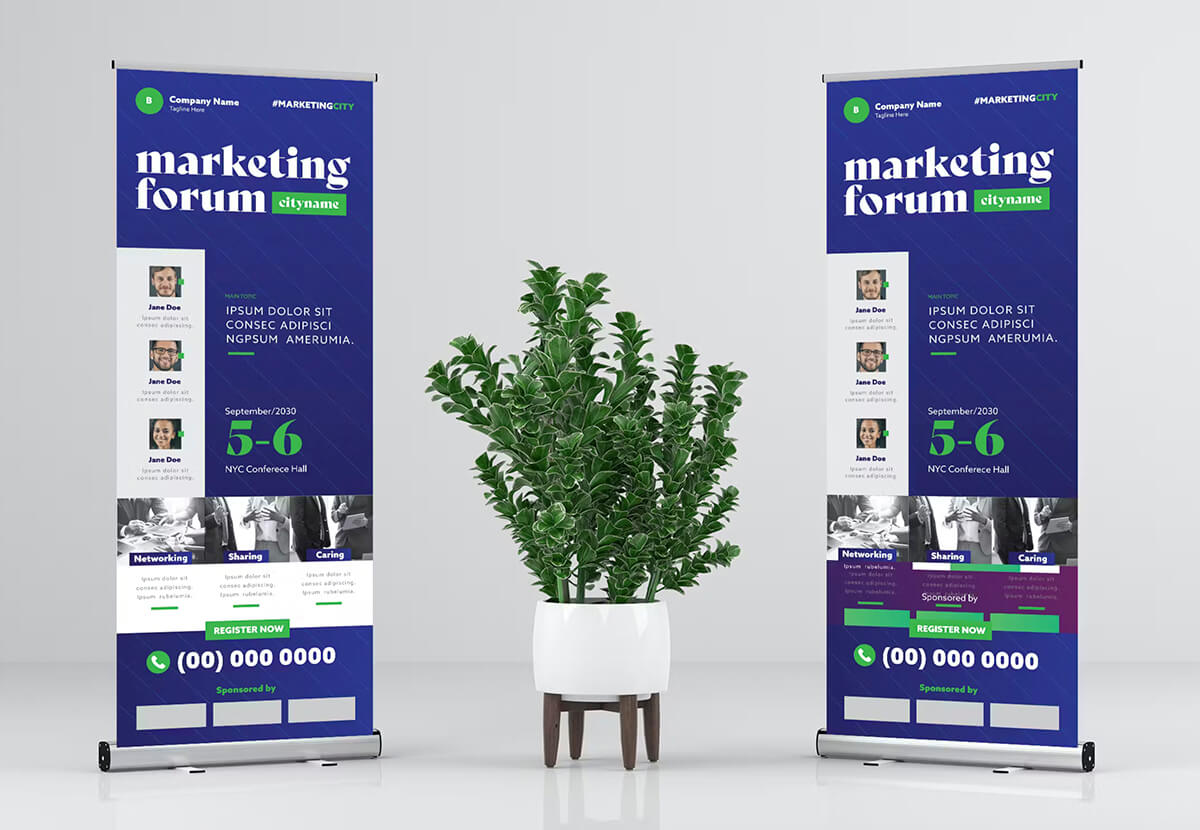
Incorporating interactive technology
Incorporating interactive technology at your trade show booth can be a powerful tool for attracting and engaging attendees. Touchscreens, virtual reality (VR), and other forms of immersive technology can help you create an unforgettable experience that sets your booth apart from the competition.
One effective way to use interactive technology is through product demonstrations. Allow visitors to test out your products in a hands-on, interactive manner using touchscreens or VR headsets. This not only engages potential customers but also helps them understand how your products work and why they are valuable.
Interactive games or contests are another fun way to engage attendees while also promoting your brand. By creating a game related to your product or service, you can draw in visitors who might otherwise have walked right past your booth.
Consistent branding across all trade booth elements
When it comes to designing your trade show booth, one of the key elements is consistent branding across all aspects of the booth. This means incorporating your brand’s colours, logos, and messaging into every element from signage to promotional materials.
Your brand should be instantly recognisable to attendees as they walk by your booth. Consistency in branding helps create a cohesive look that can stick with potential customers long after the event has ended.
One way to ensure consistency is by creating a comprehensive style guide for your team and vendors. This guide should include specifications on font sizes, colour codes, and logo placement for each design element such as business stationery. Additionally, make sure any external vendors you work with have access to this guide so they can maintain brand consistency when creating custom items like banners or promotional products.
Another important aspect of branding at trade shows is ensuring that all staff members are trained on how to represent the company’s image consistently while interacting with visitors. Consider providing branded clothing or accessories such as badges or lanyards that match other visual elements in the booth.
By maintaining consistent branding throughout every aspect of your trade show exhibit design – from signs and banners down to giveaways like business cards – you can create a memorable experience for attendees while increasing visibility among competitors in a crowded space.
Staff training and appearance
Professional trade booth staff training and appearance is crucial to the success of any trade show. The staff must be knowledgeable about the products or services being showcased, as well as how to engage with attendees in a friendly and informative manner. A well-trained team can make a great impression on visitors and increase your chances of generating leads.
In addition, the appearance of the booth staff plays an important role in attracting potential customers. They should dress professionally, wear branded clothing or accessories when possible, and maintain good personal hygiene. This will help create a positive image for your company and leave a lasting impression on attendees.
Displaying products or samples effectively is another key element of designing an effective trade show booth. Booths should be designed to showcase products prominently while also providing easy access for visitors to interact with them. Consider using displays that highlight product features or benefits, such as interactive demos or product videos.